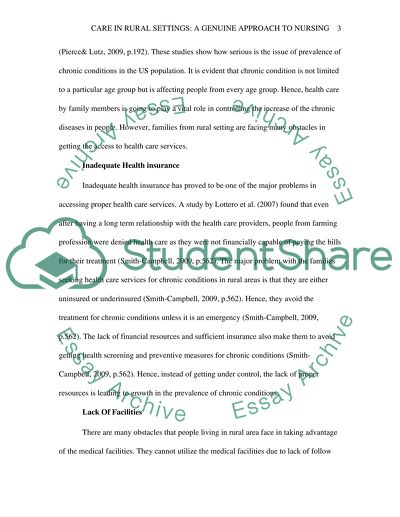Cite this document
(“Caring for chronic illness in the rural setting Essay”, n.d.)
Retrieved from https://studentshare.org/environmental-studies/1407620-caring-for-chronic-illness-in-the-rural-setting
Retrieved from https://studentshare.org/environmental-studies/1407620-caring-for-chronic-illness-in-the-rural-setting
(Caring for Chronic Illness in the Rural Setting Essay)
https://studentshare.org/environmental-studies/1407620-caring-for-chronic-illness-in-the-rural-setting.
https://studentshare.org/environmental-studies/1407620-caring-for-chronic-illness-in-the-rural-setting.
“Caring for Chronic Illness in the Rural Setting Essay”, n.d. https://studentshare.org/environmental-studies/1407620-caring-for-chronic-illness-in-the-rural-setting.


